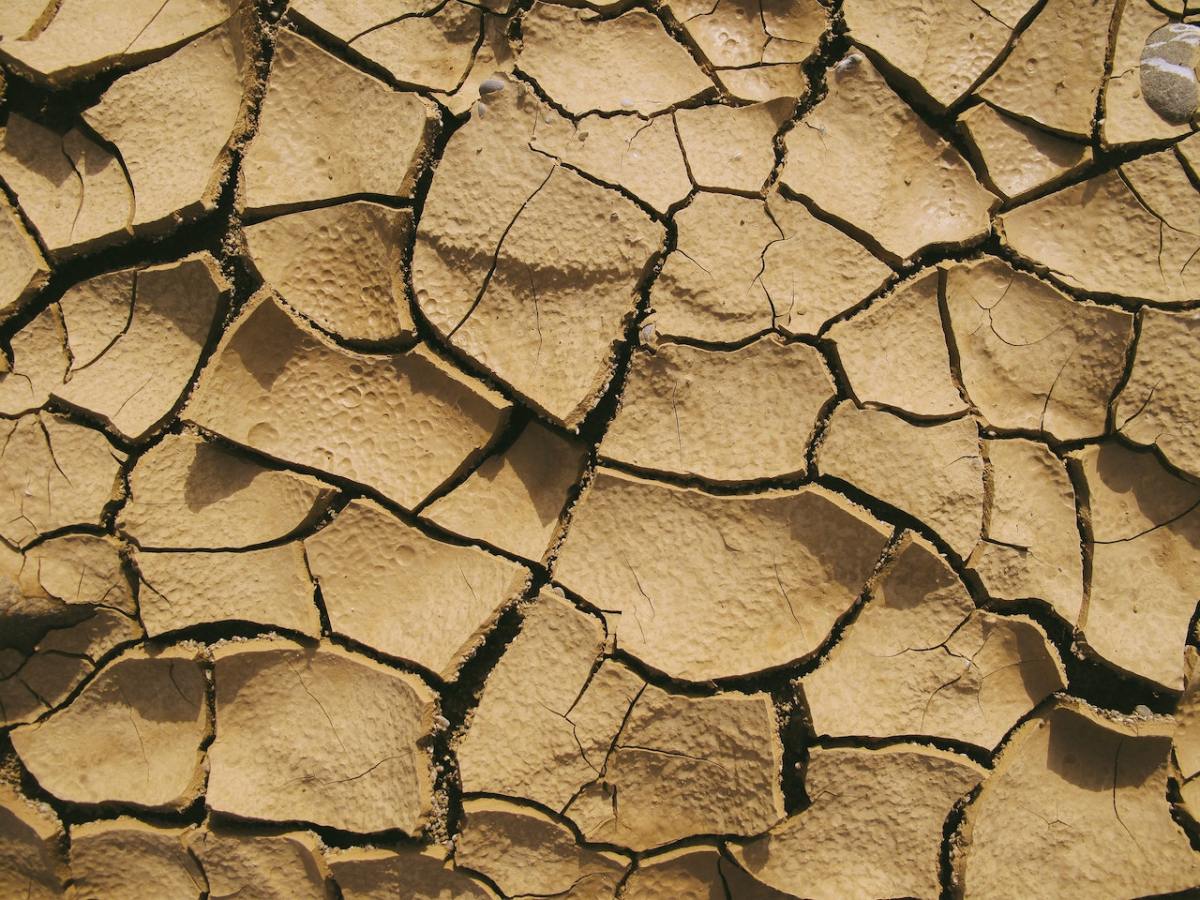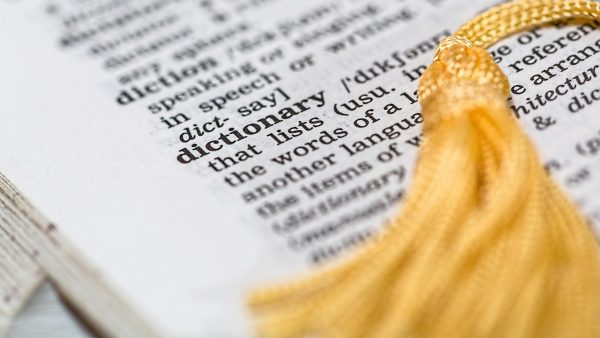For years, Spain has been suffering from a critical situation caused by the lack of rainfall. Water reserves are far from the average of the last five years, and water levels are expected to remain low in 2023. But is there any technology that can help improve this catastrophic situation? There is not only one, but experts combine the potentials of several. Thanks to the joint use of outstanding innovations such as Artificial Intelligence (AI) and the Internet of Things (IoT), it is possible to combat some aspects of drought.
Artificial Intelligence and digitisation to curb the drought
Water scarcity cannot be tackled by one type of technology alone; there are multiple methodologies, such as the use of neural networks or algorithms that can bring wide-ranging benefits to water management. The combination of Artificial Intelligence and digitisation to curb the drought is offering positive results in the fight against this effect of climate change.
For example, in China, they have resorted to the use of AI to combat water shortages. Using satellites and mobile radar stations, they aim to predict the movement of moist air to improve conditions in the provinces near the Yangtze River.
Another outstanding project to alleviate this problem is WWTP 360, an idea developed by the research centre Technological Institute of Galicia (ITC) and Cetaqua Galicia. Its goal is to design tech alternatives that guarantee efficient sanitation management and digitising the processes of wastewater treatment and the water cycle in general. They use Artificial Intelligence and Deep Learning to create automation systems and predictive data models to improve supply and sanitation services.
Another example in Spain is the use of AI which, with the support of real-time satellite information, can improve reservoir management. This project is in the testing phase and has been promoted by the University of Córdoba.
Using drones to “seed clouds”
Again in China, after suffering one of the longest and worst droughts in its history in 2022, they have turned to a technique called “cloud seeding”. This involves using a combination of chemicals launched into the sky by rockets to artificially trigger the release of rain. Recently, the Asian country has also been using drones to drop the (small) loads of silver iodide used to generate this rain.
Drones have also been used in the Dubai desert to achieve the same effect, but in a different way. In this case, the National Meteorological Centre of the United Arab Emirates uses these small aircraft that fly autonomously to obtain artificial rain, but instead of using chemical substances, they use lasers that generate electrical charges and manage to group clouds so that they eventually end up producing rain.
IoT and Big Data for efficient irrigation management
The world’s population continues to grow, and this trend is set to continue. This poses the challenge of feeding more and more people in climatic conditions that are getting worse every year. Here the use of Big Data and IoT provides a series of essential elements in the efficient management of irrigation for the agricultural sector.
In this sense, tools have been developed that use both technologies to allow for example water traceability or to analyse data that help in prediction and subsequent decision making. There are tools designed to know the minimum amount of water needed at any given time to irrigate the soil. This not only helps to monitor fluid usage in real time, but also displays data on possible leaks in the infrastructure, quickly pinpointing faults.
In addition, it is important to remember that the IoT powered by 5G technology, it has enormous potential to reduce carbon dioxide emissions over the next decade, helping to curb global warming.
Satellites to study the Earth from the sky
Space technology is another source of research data that provides vital information on how climate change is affecting the entire planet. The use of satellites, such as the NISAR satellite, provides data on the state of glaciers and volcanoes, as well as forest masses, which are so important for the fragile balance of different ecosystems.
Similarly, NASA has been collecting data on the amount of water resources used by a given crop for nearly 20 years. This data is collected and made available to farmers, water managers and all forestry professionals, through the openET platform.
Each challenge is a new opportunity to create solutions by applying new technologies. And these are just some of the examples already in place that use digitisation to curb the drought.









